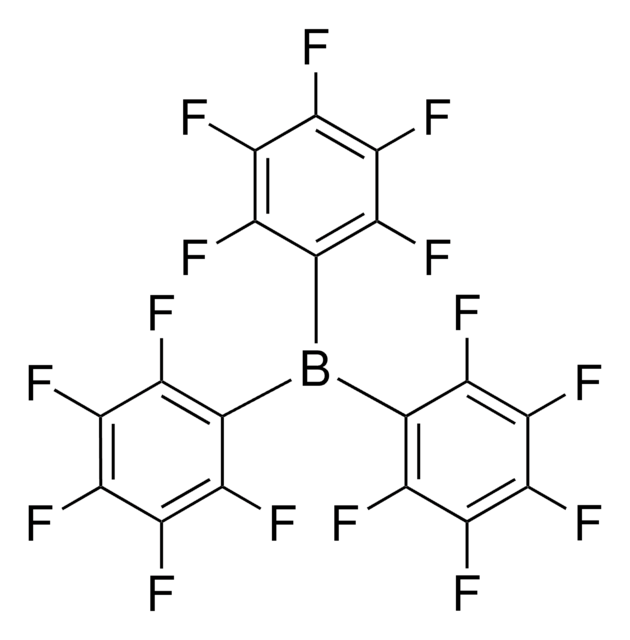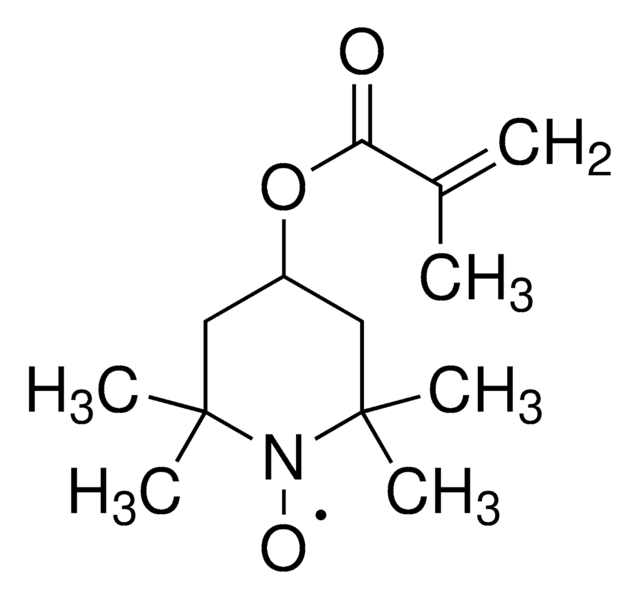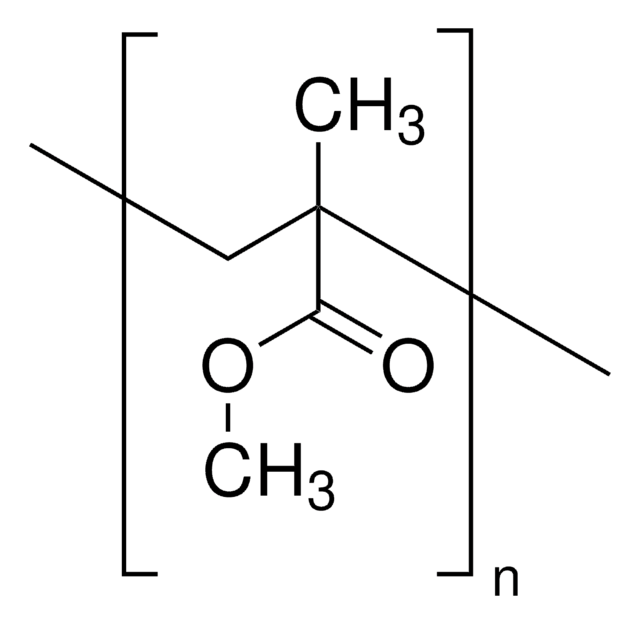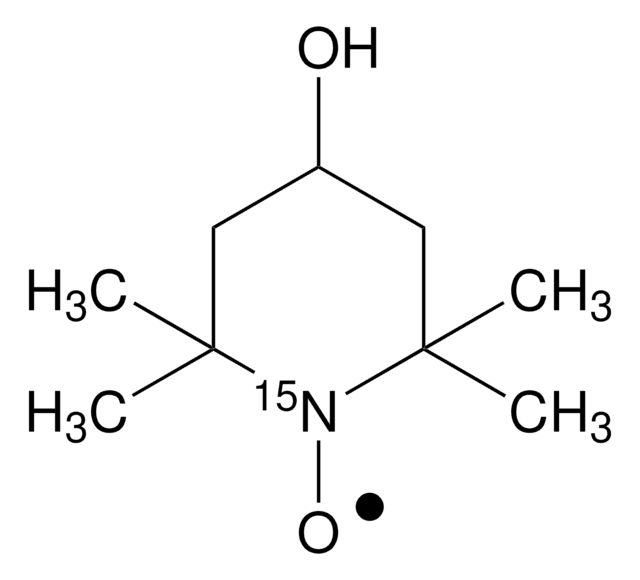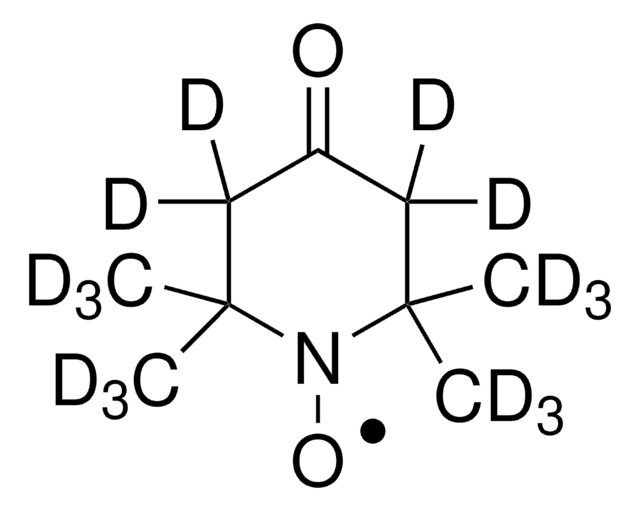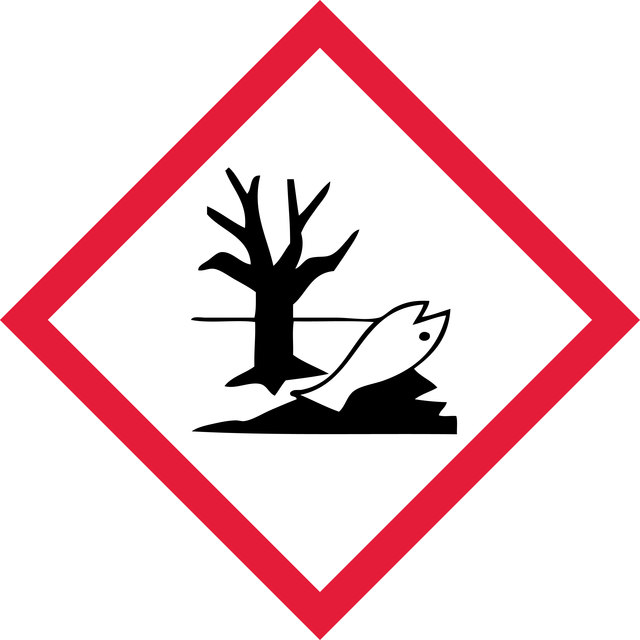730297
TEMPO methacrylate
97%
Synonym(s):
4-Methacryloyloxy-2,2,6,6-tetramethylpiperidine-1-oxyl, PTMA monomer
About This Item
Recommended Products
Assay
97%
form
powder
mp
86-90 °C
storage temp.
2-8°C
SMILES string
CC(=C)C(=O)OC1CC(C)(C)N([O])C(C)(C)C1
InChI
1S/C13H22NO3/c1-9(2)11(15)17-10-7-12(3,4)14(16)13(5,6)8-10/h10H,1,7-8H2,2-6H3
InChI key
BTWSPOZXDCFMLX-UHFFFAOYSA-N
1 of 4
This Item | 81489 | 705748 | 485268 |
|---|---|---|---|
| storage temp. 2-8°C | storage temp. 2-8°C | storage temp. 2-8°C | storage temp. 2-8°C |
| form powder | form - | form solid | form solid |
| mp 86-90 °C | mp - | mp 69-71 °C (lit.) | mp 35 °C (lit.) |
General description
Application
Signal Word
Warning
Hazard Statements
Precautionary Statements
Hazard Classifications
Aquatic Chronic 2 - Skin Sens. 1
Storage Class Code
11 - Combustible Solids
WGK
WGK 1
Flash Point(F)
Not applicable
Flash Point(C)
Not applicable
Choose from one of the most recent versions:
Already Own This Product?
Find documentation for the products that you have recently purchased in the Document Library.
Articles
Block copolymer synthesis using a commercially available nitroxide-mediated radical polymerization (NMP) initiator
Micro review of reversible addition/fragmentation chain transfer (RAFT) polymerization.
Protocols
We present an article about RAFT, or Reversible Addition/Fragmentation Chain Transfer, which is a form of living radical polymerization.
We presents an article featuring procedures that describe polymerization of methyl methacrylate and vinyl acetate homopolymers and a block copolymer as performed by researchers at CSIRO.
Polymerization via ATRP procedures demonstrated by Prof. Dave Haddleton's research group at the University of Warwick.
Our team of scientists has experience in all areas of research including Life Science, Material Science, Chemical Synthesis, Chromatography, Analytical and many others.
Contact Technical Service
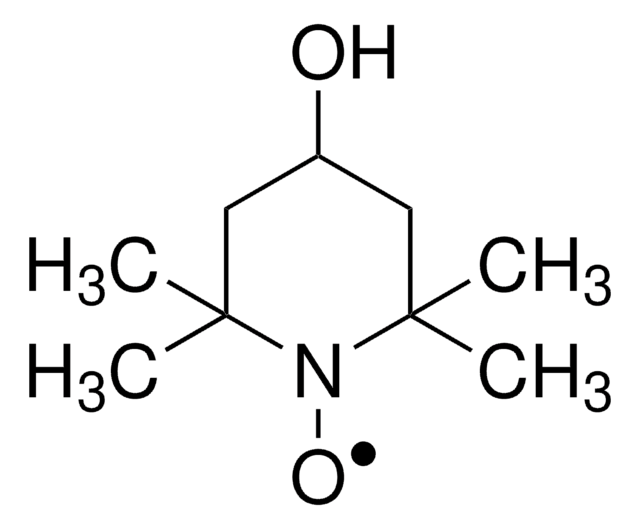
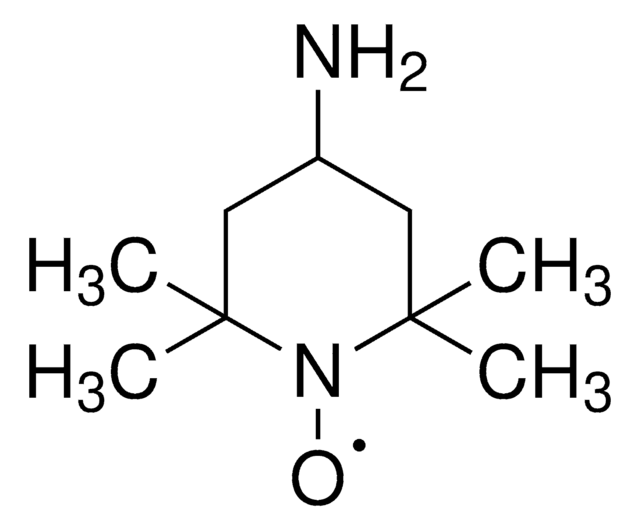


![N-tert-Butyl-O-[1-[4-(chloromethyl)phenyl]ethyl]-N-(2-methyl-1-phenylpropyl)hydroxylamine](/deepweb/assets/sigmaaldrich/product/structures/298/481/e5f98578-0ed3-446e-bed2-e277dfa06e5d/640/e5f98578-0ed3-446e-bed2-e277dfa06e5d.png)
